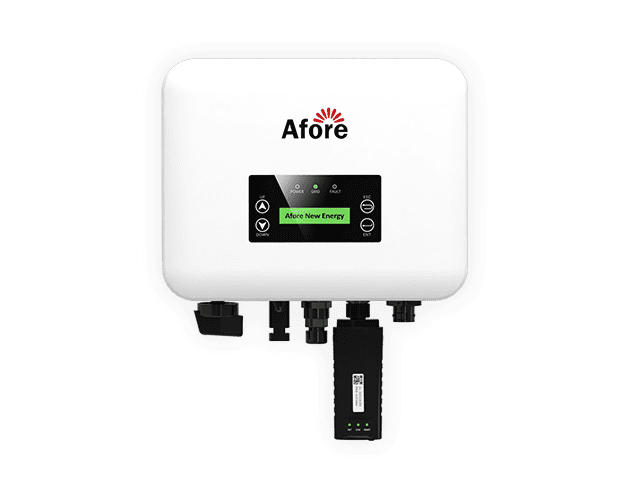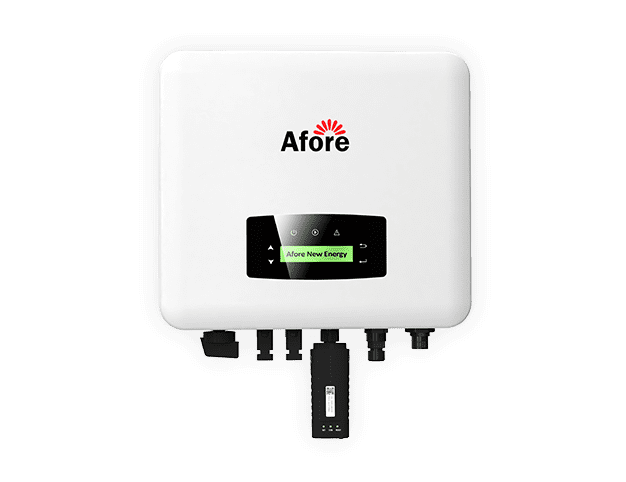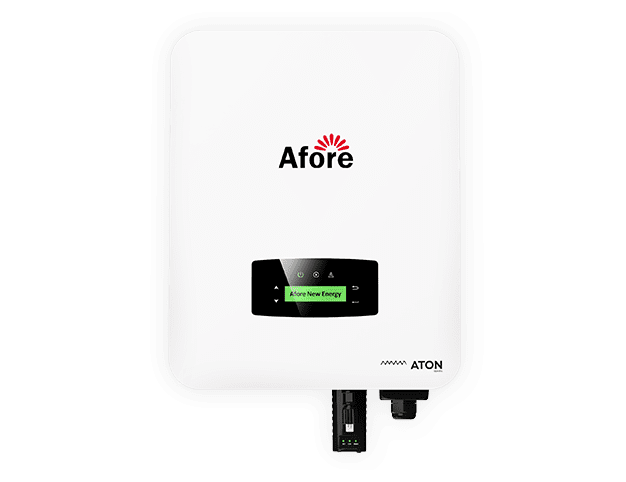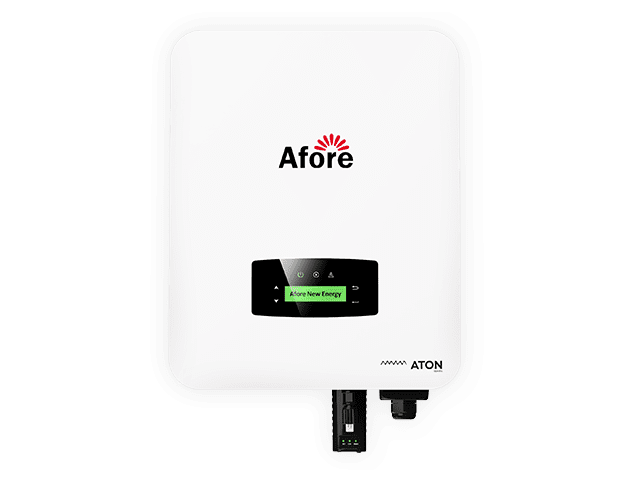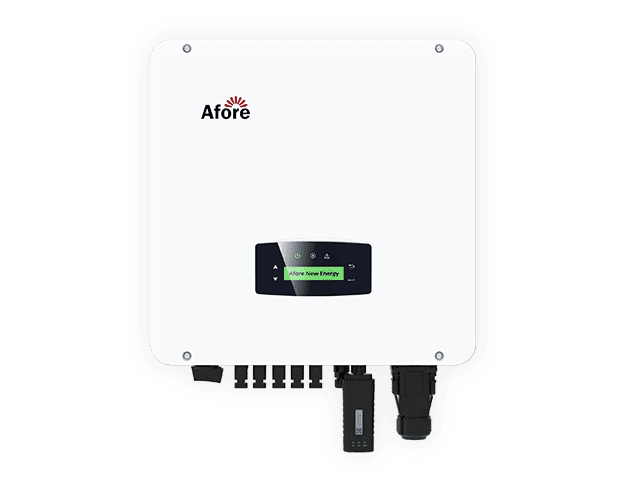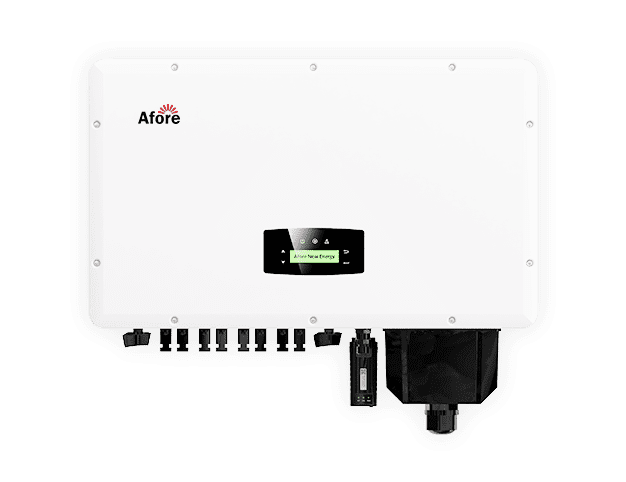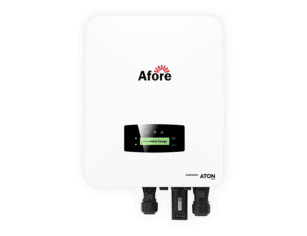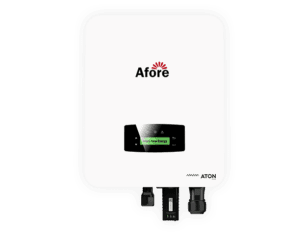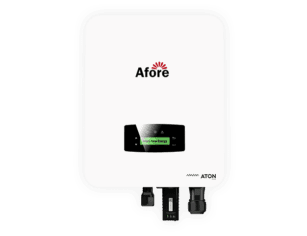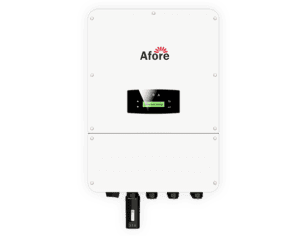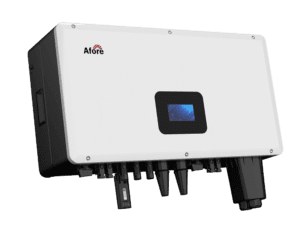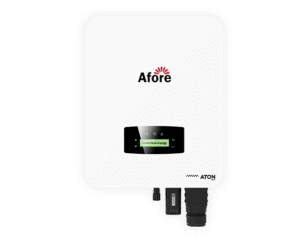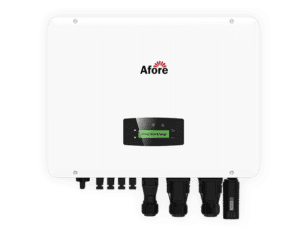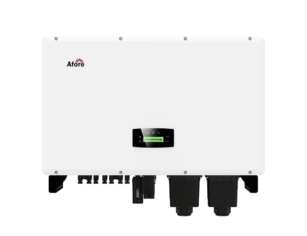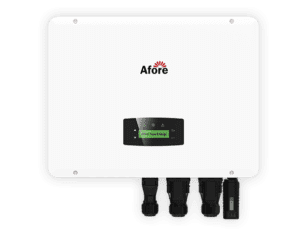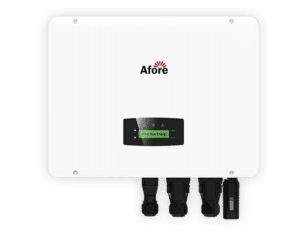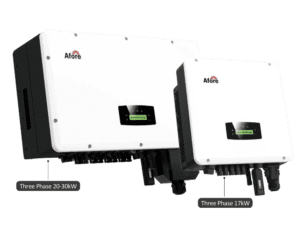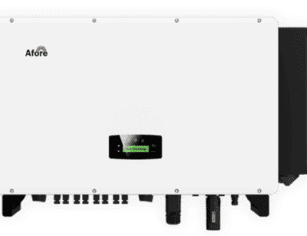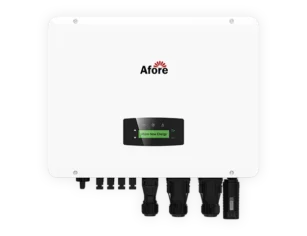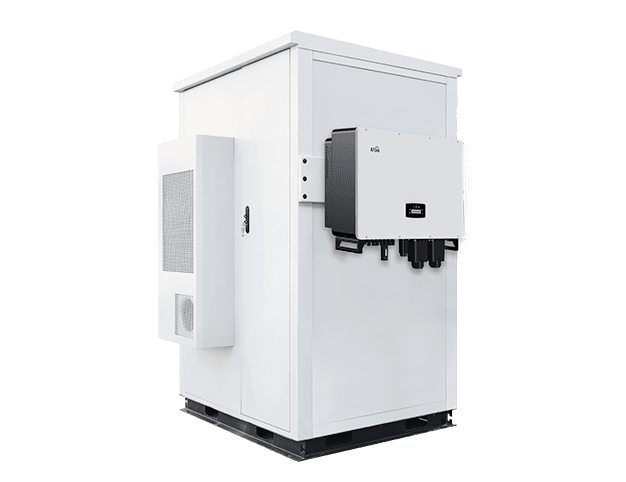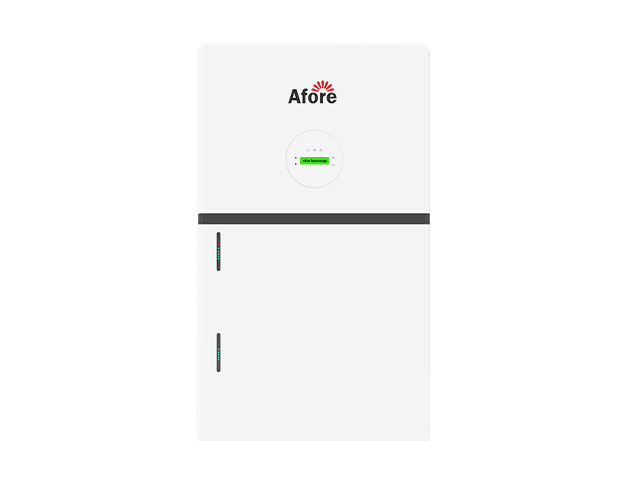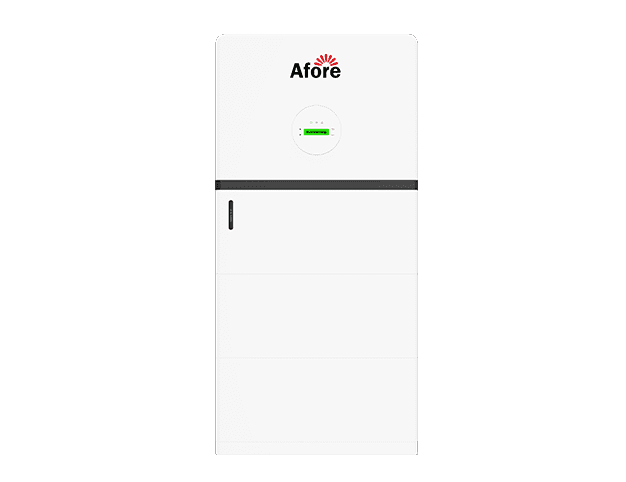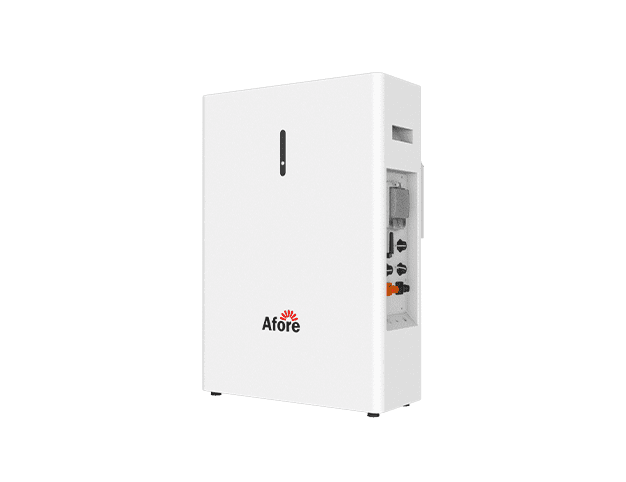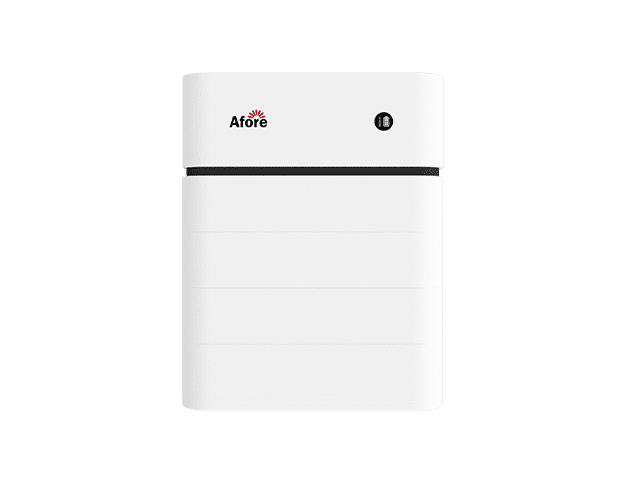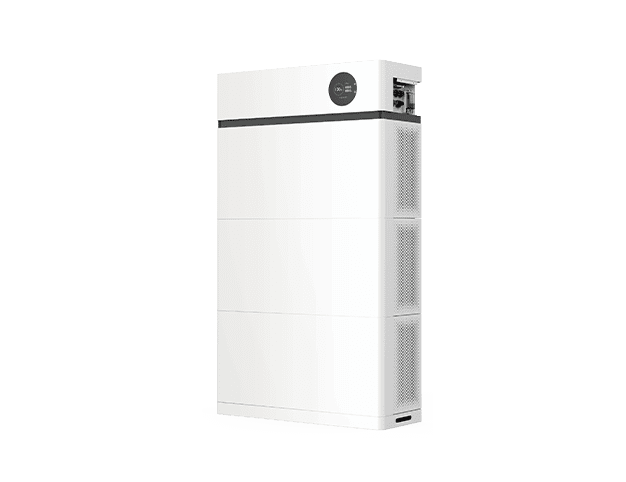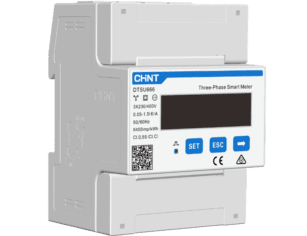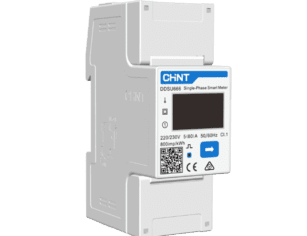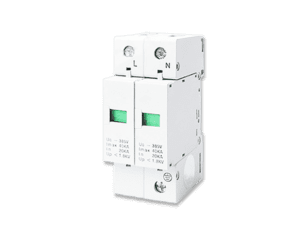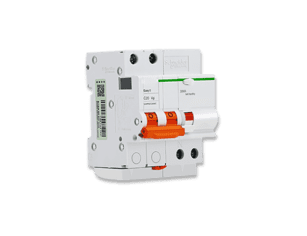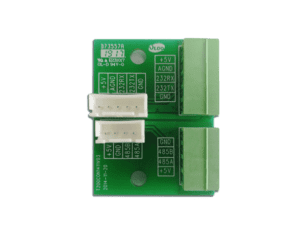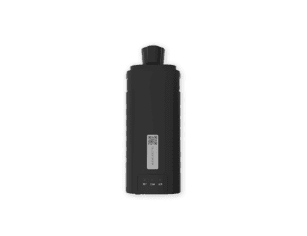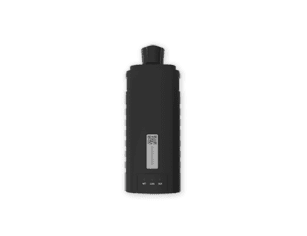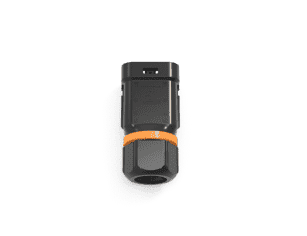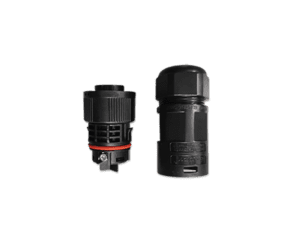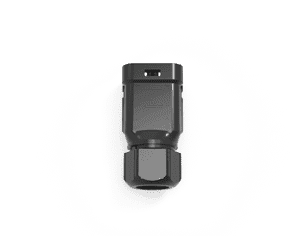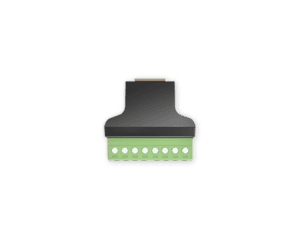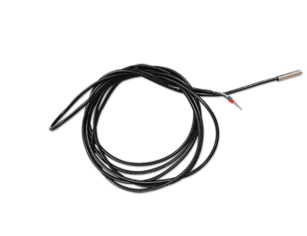Solar Charge Controller: Essential for Efficient Solar Systems
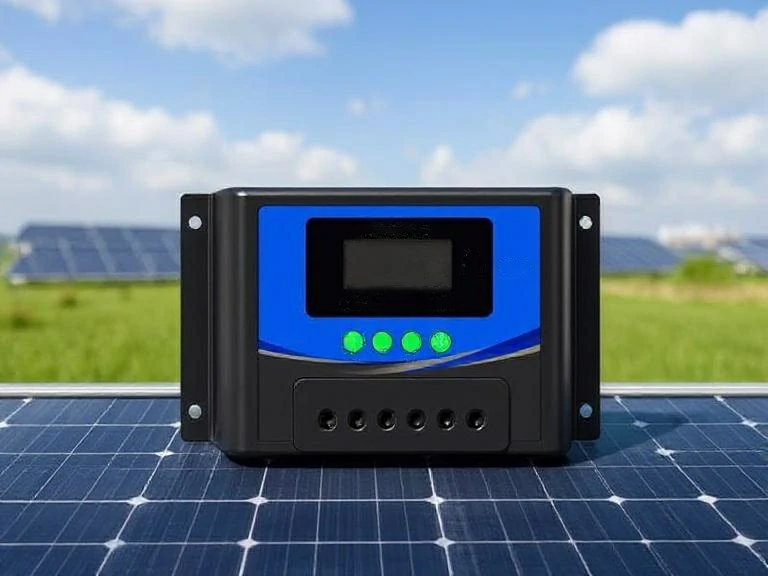
Table of Contents
If you’re diving into the world of solar energy, you’ve probably come across the term solar charge controller more than once. This inconspicuous small device, but the stable operation of the solar power generation system “guardian”! It will make the whole system smooth and safe, and it will also keep the power generation efficiency super high. Whether you want to power a cabin in the mountains, or you want to power your own rooftop solar equipment, figuring out how the solar charge controller actually works is really critical. After all, having a grasp of the principle makes it much more comfortable to use.
Come on, let’s find out together! From the most basic knowledge, to how to pick the product that really suits you, to the installation and maintenance of those professional yet practical tips, we have arranged it all for you.
What is a Solar Charge Controller?
A solar charge controller, also known as a charge controller for solar panels, or even (mistakenly) a solar charge controler-is an essential component in all solar power systems with battery storage. Like an attentive little housekeeper, it specializes in regulating the current flow from the solar panel to the battery bank, ensuring that the entire system operates efficiently and safely. If it were not for it, the solar panels could output too much voltage or current, which could “damage” your valuable battery bank and significantly shorten its lifespan.
The core function of the solar charge controller is like the traffic police in our lives. It methodically escorts the power from point A, the solar panels, steadily to point B, the batteries. It’s very smart, knows when to let go of the battery charge, when to stop at the right time, and also skillfully keeps the battery fully charged all the time, but not overcharged. All this ah, is made possible by its precise regulation of voltage and current. With it, the headaches of overcharging, deep discharging, and reverse current can be effectively avoided.
In modern off-grid or hybrid solar systems, the solar charge controller is the “key contributor”. It is the silent guardian of the system, protecting your investment like a caring bodyguard, and is particularly good at optimizing energy use in a cost-effective way – it’s really reliable. Whether you’re planning to go solar on your RV or want to install solar power in a remote cabin or your own home, this solar charge controller will give you peace of mind. With it, the battery charging process will be smooth and fully functional, not to mention that it’s smart and reliable, like a little housekeeper keeping an eye on you.
Why is a Charge Controller Necessary for Solar Panels?
You can use a charge controller as a little guardian for your battery, making sure that it only gets the voltage it can handle. It has a lot of benefits, so let’s take a look:
- Prevent overcharging: Overcharging will damage the battery.
- Avoids deep discharging: Discharging a battery too much reduces its lifespan.
- Boosts battery life: By adjusting the charging cycle, it ensures longer battery life and better performance.
In short, a solar charge controller is your battery’s best friend.

Types of Solar Charge Controllers
Not all solar charge controllers are created equal. Depending on your solar setup and energy needs, the type of controller you choose can make a big difference in efficiency, battery health, and overall system performance. Let’s explore the two main types of solar charger controllers: PWM and MPPT.
PWM (Pulse Width Modulation) Solar Charge Controllers
It is more traditional and economical option to have PWM solar charge controller. It works by gradually reducing the current flowing into the battery as it approaches a full charge. And this works like gently applying the brakes to avoid overcharging.
How PWM Controllers Work:
- Direct connection between solar panel and battery
- Pulses current as the battery charges
- Matches panel voltage to battery voltage
Pros:
- Affordable and widely used
- Simple technology with fewer components
- Ideal for small off-grid systems with solar panels and battery voltage matching
Cons:
- Lower efficiency in cold or cloudy climates
- Impossible to optimize power from high-voltage solar panels
PWM solar charge controllers are probably a good choice if you are running a basic setup and want to save money.
MPPT (Maximum Power Point Tracking) Solar Charge Controllers
MPPT solar charge controllers are the newer, smarter cousin of PWM. They continuously track the maximum power point of your solar panel output and adjust the voltage to maximize energy transfer to your batteries.
If you’re looking for a real-world example of MPPT excellence, Afore’s solar inverters stand out. Afore has some exceptional solar inverter models equipped with dual or even multi-channel MPPT technology, fast response times and tracking efficiencies in excess of 99.9%, a boon for locations with different or partially shaded roof orientations. These inverters seem to be tailor-made for those complex residential and commercial environments, maximizing power generation even in low light conditions.
How MPPT Controllers Operate:
- Converts excess panel voltage into usable charging amps
- Uses advanced algorithms to extract maximum power
Efficiency and Advantages:
- 20–30% more efficient than PWM, especially in cold or variable conditions
- Can work with higher voltage solar arrays
- Ideal for systems with long wire runs or high energy demands
Best Scenarios for MPPT:
- Residential or commercial solar installations
- Systems using 24V or 48V batteries with higher-voltage panels
- Installations in areas with frequent cloud cover or fluctuating sun
Although MPPT controllers may seem a bit expensive at first, in the long run, it improves efficiency quite a bit and is definitely worth the money, especially for those medium to large solar power systems, it is a wise choice.
Key Differences Between PWM and MPPT
| Feature | PWM | MPPT |
| Cost | Lower | Higher |
| Efficiency | Moderate | High |
| Ideal Setup | Panels and batteries matched in voltage | High-voltage panels with lower-voltage batteries |
| Best For | Small DIY/off-grid systems | Residential, commercial, and high-performance systems |
| Weather Adaptability | Less responsive | Excellent in variable conditions |
So, which one should you choose? If you plan to build a small and simple system, and you especially want to control the cost, then choosing a PWM controller is more suitable. However, if you are looking for maximum power output, want the system to be easily upgradable and expandable in the future, or if the lighting conditions in your usage scenario are not so good, then the MPPT solar charge controller is a better choice, and it can better cope with these situations.
No matter which type of solar charge controller you finally decide to choose, this small choice is crucial, which is directly related to whether the whole solar energy system can run efficiently, as well as its service life. If you choose the right controller, the system will be able to serve you stably and for a long time.

How Does a Solar Charger Controller Work?
To really feel the power of a solar charge controller, you’ll need to take a deeper look at how it works. This smart little helper is a pro when it comes to turning solar energy into electricity and regulating it just right. It allows solar energy to charge the battery steadily, but also to maximize the performance of the battery, as if the battery to find a caring little housekeeper, all aspects of proper care.
Step-by-Step Process
A simplified breakdown of the solar charger controller functionality is shown below:
- Solar collection: Your solar panels absorb sunlight and convert it into direct current (DC) electricity.
- Power transfer to the controller: This electricity flows directly into your solar charge controller.
- Start voltage regulation: The controller evaluates voltage and current. If the voltage is too high, the controller reduces it to a safe, battery-compatible level.
- Electric current distribution: Based on the state of charge of the battery, the controller sends an appropriate amount of current to the battery.
- Charging stage: Most solar charge controllers on the market now, ah, with the kind of charging in several stages, that is, batch charging, absorption charging, and floating charging. This is designed to make the battery charging both safe and efficient.
What Happens When the Battery is Full?
A good solar charge controller doesn’t stop working when the battery is fully charged. In fact, that’s where the smart regulation feature comes into play:
- Float mode activation: Once the controller switches to maintenance charging mode, the current automatically drops to a trickle like a thin stream. With this the battery can be kept in a fully charged state all the time, and it also thoughtfully avoids the risks associated with overcharging.
- Load management: Some solar charge controllers are so sweet that they can take the excess power and cleverly redistribute it to devices that are connected to them, such as lighting, everyday appliances, and so on, to enjoy the excess power. For systems with significant energy storage needs, pairing your charge controller with a reliable energy storage inverter can ensure seamless integration and usage of stored solar power. Learn more about energy storage inverters here..
- Overvoltage protection: If your battery is fully charged, the controller will stop charging until more power is needed.
By entering float or standby mode, your solar charge controller ensures longevity and reliability for your energy storage system.
Does a Solar Panel Drain a Battery at Night Without a Controller?
This is a common question—and it’s a good one. The answer is yes: without a solar charger controller, your battery could actually lose power at night.
Here’s why:
- Reverse Current Flow: At night, when there’s no sunlight, solar panels stop generating power. Without a charge controller, electricity from the battery can flow backward into the solar panels, draining the battery.
- Built-In Protection: Quality solar charge controllers come with reverse current protection to prevent this from happening.
If you’ve ever wondered why your battery went dead overnight as if the power had been stolen from it, it could be that the solar charge controller is faulty or not installed at all. Remember, make sure you have a controller in your system so you don’t let precious energy slip away.
Understanding how your solar charge controller works not only helps you appreciate the tech—but also empowers you to get the most from your solar investment.

How to Choose the Right Solar Charge Controller
Choosing the right solar charge controller isn’t just a matter of buying the first one you see online. The key is to see if the controller will work with your solar system, and the features must match. Let’s break it down step by step.
Sizing a Solar Charge Controller Properly
The first one of the things to consider is the size – not the physical size, but the current capacity.
- Amperage rating: Your solar charge controller should handle the total current (in amps) coming from your solar panels. A good rule of thumb is to add 25% to the calculated amps for a safety margin.
- Voltage compatibility: Controllers are built for 12V, 24V, and 48V systems. Make sure your controller matches your battery bank’s voltage.
For example, if you are using a 24V battery system with solar panels that produce 30 amps of current, the solar charge controller should be rated for at least 37.5 amps (30 amps × 1.25).
Matching Controller Type with Solar Setup
- Small off-grid systems: If you’re in an RV or cabin with a simple 12V unit, a PWM solar charge controller might be appropriate.
- Medium residential systems: As for the systems with moderate energy demand, MPPT solar charge controller can provide better efficiency and adaptability.
- Large solar arrays: If you’re working with high-voltage panels or 48V battery banks, an MPPT solar charge controller is a must for maximum performance.
Picking the right charge controller is so important for a solar panel system so that you can make the most of the solar energy and also not let the batteries get damaged.
Other Features to Consider
Many modern solar charge controllers are provided with a variety of convenient and protective features:
- LCD displays: Real-time stats on charging status, voltage, and current.
- Remote monitoring: Some controllers can connect to apps or PC software for system monitoring and data logging.
- Temperature compensation: This feature adjusts the charging parameters based on ambient temperature, which is critical in extreme climates.
Investing in a solar charge controller equipped with these additional features is definitely worth it if you want full control and clarity over your solar equipment.
Picking the right solar charge controller is a lot of work and math, but it’s really worth it. Imagine, after using it, the energy utilization efficiency whooshing up, the battery is more durable, the whole solar power system is stable, and you can rely on it to generate electricity for the next few years.

Installation and Maintenance Tips for Solar Charge Controllers
Even the best solar charge controller won’t do you much good if it’s installed incorrectly or left unmaintained. To keep your solar power system running efficiently and safely, proper installation and ongoing care are essential. Here are some tips to help you get the most out of your controller.
Installation Tips
- Follow Manufacturer Instructions: Always refer to the installation manual for your specific model. Different solar charger controllers have slightly different wiring and voltage requirements.
- Mount in a Cool, Dry Place: Heat can reduce performance and shorten lifespan. Mount your controller in a well-ventilated area away from moisture, dust, and direct sunlight.
- Connect in the Right Order:
- Connect the battery first, then the solar panels, and finally the load (if applicable). This helps the controller initialize properly.
- Disconnect in reverse order when servicing.
- Use the Correct Wire Gauge: Undersized wires can lead to voltage drops and overheating. Choose cables that can handle the maximum current your system produces.
- Fuse Protection: Install fuses or circuit breakers between your solar charge controller and both the battery and solar panels for added safety.
Maintenance Tips
- Inspect regularly: The connections are inspected at least once a month for signs of corrosion, loose terminals, or wear.
- Clean the unit: Lightly dust or wipe the controller housing to prevent buildup from affecting heat dissipation.
- Check LED or LCD readings: Look for error codes, unusual voltage or current levels, or temperature warnings.
- Update firmware (if applicable): Some modern solar charger controllers allow firmware updates via USB or Bluetooth for performance improvements.
- Battery maintenance: Always keep the battery clean, filled with distilled water (if it is a lead-acid battery) and keep it within the recommended temperature range. A healthy battery helps the controller perform better too.
For your solar power system to be reliable, safe and efficient all the time, the key is to install the solar charge controller correctly and also to maintain it on a regular basis. Taking the time to do it right protects your investment and keeps the sun working for you, day in and day out.

Can You Use Solar Without a Charge Controller?
Technically, yes – you could connect the solar panel directly to the battery, but that would be too risky! Of course, some particularly small devices, such as trickle chargers or low-power solar panels, can be used without a solar charge controller. But most solar systems are different, and cannot operate safely and efficiently without a controller.
When You Might Not Need One
If you’re using a very small solar panel (typically 5 watts or less) to trickle-charge a large battery—say, just enough to offset natural discharge in a parked RV or boat—you might get away without using a solar charger controller. In this case, the panel’s output is so low that it’s unlikely to overcharge the battery.
However, even in these scenarios, it’s still safer to use a basic charge controller for solar panels to prevent accidental overcharging, especially if the panel gets a lot of direct sunlight.
Risks of Skipping the Solar Charge Controller
If you connect a standard or large solar panel directly to a battery without a solar charge controler, you open the door to several problems:
- Overcharging: If the voltage of a solar panel is too high, too much current may be delivered to the battery instantly, causing it to heat up easily and lose internal fluids. Worst of all, in particularly severe cases, the battery could even explode.
- Battery damage: As time goes by, if the battery is constantly being overcharged or used too spacey, its life will be greatly reduced.
- System inefficiency: If the charging is not regular, the battery will suffer, it may not reach the optimal capacity, or the power is always depleted.
- Nighttime battery drain: As mentioned earlier, energy can flow back into the solar panel at night, reducing your stored power.
If you forgo the solar charge controller to save a little money, you may have to replace the pricey batteries later and even deal with horrible problems like fire. That risk is not worth taking.
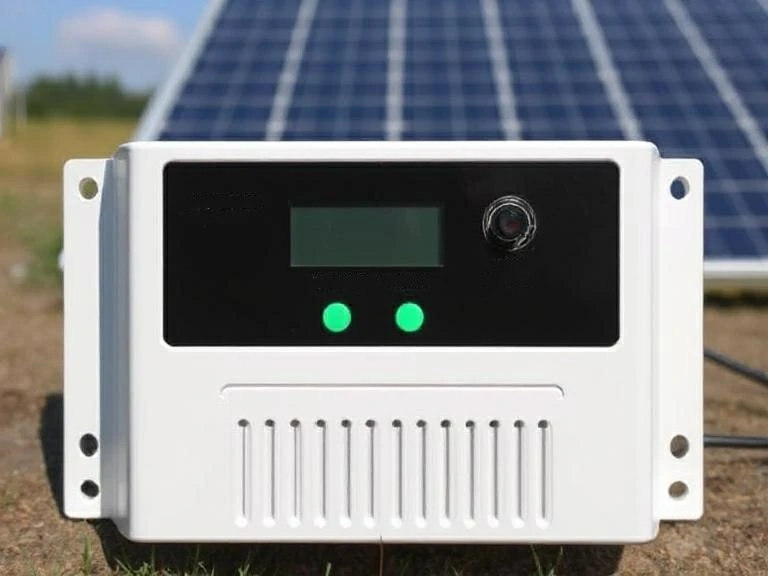
Conclusion
Solar charge controllers, which are much more than just a bridge between the solar panels and the battery bank, are a key player in creating a healthy, efficient, and safe solar power system. No matter whether you are building a small and portable off-grid system or planning a large home solar array, with a solar charge controller, your batteries will have peace of mind. It prevents your batteries from overcharging or discharging, avoids all those little conditions that can damage battery life and affect performance, and keeps your solar system in tip-top shape at all times.
FAQs
What size charge controller do I need for my solar panel system?
To determine the proper size solar charge controller, divide the total power of the solar panel by the battery voltage to find the current in amps. Then, add a 25% safety margin. For example, a 400W solar panel with a 12V battery would require a controller rated for at least 33A. Make sure the controller supports your voltage (12V, 24V, or 48V).).
Can I use an inverter without a charge controller?
In theory you can, but it is not recommended. The inverter converts the DC power from the batteries to the AC power needed for household appliances, while the solar charge controller manages the power from the solar panels to the batteries. Failure to use a controller may result in overcharging, battery damage, or reduced solar system performance.
Which is better: MPPT or PWM solar charge controller?
MPPT controllers are generally better for medium to large systems and colder climates because they are more efficient—up to 30% more than PWM. However, PWM controllers are cost-effective and suitable for small, simple systems. Choose based on your setup’s size, climate, and budget.
How long do solar charge controllers last?
A high-quality solar charge controller can last 10 years or more, especially if it’s properly installed and maintained. MPPT controllers often have better build quality and additional features that enhance longevity.
Can I charge a battery directly from a solar panel without a charge controller?
It’s possible, but not safe for most systems. Direct charging can lead to overcharging, overheating, and battery damage. Only extremely low-wattage trickle chargers (under 5W) might safely bypass a solar charger controller, but even then, it’s best to use a basic controller for protection and efficiency.
Can I use one solar charge controller for multiple solar panels?
Yes, but it depends on the current rating of the controller and the system voltage. It is possible for a single solar charge controller to take control of multiple solar panels long as the total current and voltage are kept within specified limits. For large solar arrays, consider using an MPPT charge controller to optimize performance.
How do I maintain my solar charge controller?
Maintaining a solar charge controller is actually quite simple, we have to check all the connecting wires from time to time to see if they are corroded or become loose. Also, make sure that there is a good flow of air around it so that it works more smoothly. Don’t forget to update its firmware if possible, just like upgrading the system of your cell phone, it will make it perform better. Of course, it’s also important to always keep an eye on the battery’s charging pattern. Proper maintenance will extend the life of your controller and protect your entire solar power system.
Is it better to oversize or undersize a charge controller?
It’s generally safer to slightly oversize your solar charger controller to handle unexpected surges in current or future system expansions. Undersizing can lead to overheating, system inefficiency, or damage. Always calculate your max current and voltage, then choose a charge controller for solar panels with extra headroom.




